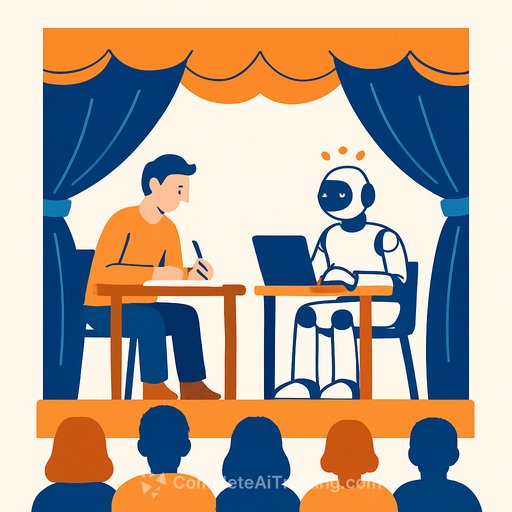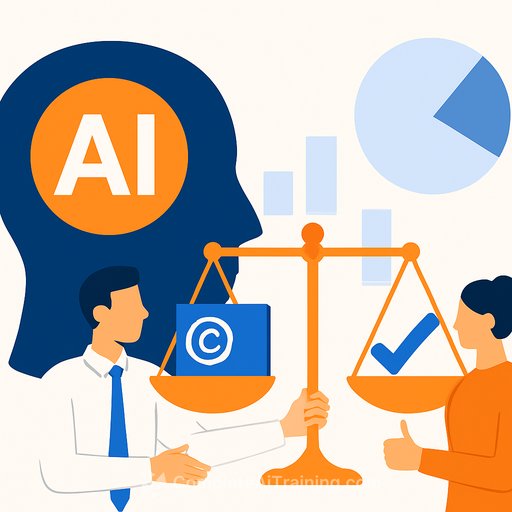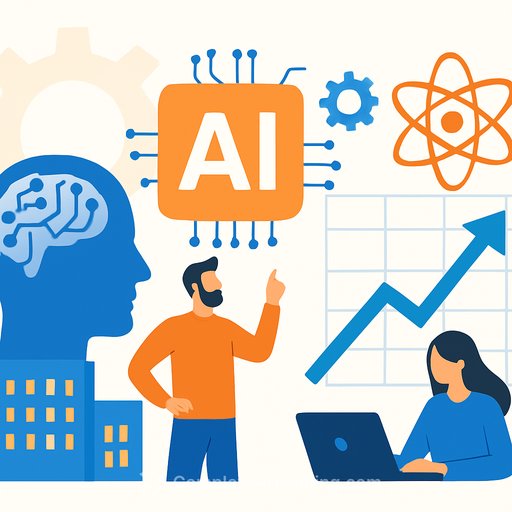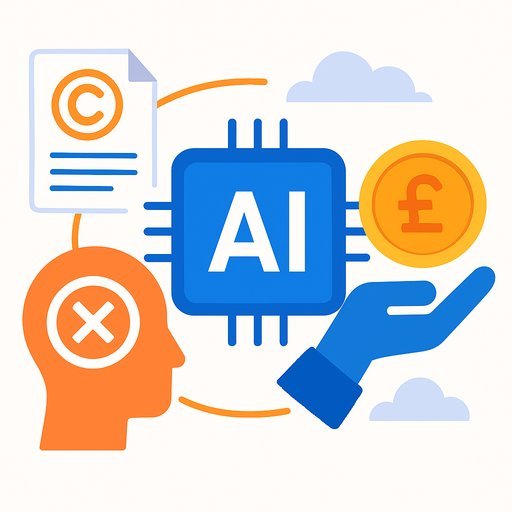Theatre from the Machine: Firebird Theatre Puts AI on Stage
On Oct. 3 and 4 at 7:30 p.m., the Firebird Theatre Company, in collaboration with the Gunnison Arts Center, will present staged readings of five AI-written short plays and one human-written play. The event is called "Theatre from the Machine" and includes audience talk-backs after the performances.
The goal is simple and direct: examine where AI stands in creative work and reinforce the value of human expression. Some initial reactions have been negative, even outraged, so the team is making the intent clear ahead of time.
Who's involved
Six directors will lead the readings and collaborate throughout the evening: Jimmy Utley, Tristan Buss, William Spicer, Emily Sharan, Bruce Eckel and Macy Vinther. Actor Stephanie Reeves will bring additional depth to the performances.
Each director is handling one short play, and all are invested in the audience feedback loop at the end. The point is to expand perspectives and surface future challenges for working artists.
Why this matters for creatives
This production isn't a celebration of AI. It's an experiment to test whether current tools compete with, compromise, or complement artistic work. Expect different perspectives from each director and a grounded, practical dialogue.
As Firebird director Tristan Buss put it, "AI can replicate Shakespearian language, but can it replicate it effectively and in a meaningful context?" That's the tension on trial.
What to watch for during the readings
- Voice consistency: Does the character voice hold up across scenes?
- Emotional subtext: Do motives feel earned or pasted on?
- Structure and pacing: Are turns predictable or cliché-heavy?
- Specificity: Are details vivid or generic placeholders?
- Dialogue rhythm: Natural cadence vs. mechanical symmetry.
- Stakes and payoff: Do choices land, or do scenes reset?
- "Tells": Repetitions, tidy morals, or abrupt tonal shifts.
Make the feedback count
Bring an open mind and give concrete, useful notes. The team wants signal, not noise.
- Flag the exact lines that felt synthetic and why.
- Call out moments that surprised you-in a good way.
- Rate believability of character choices on a simple 1-5 scale.
- Note pacing issues: where your attention dipped or spiked.
Context: AI, public domain, and craft
As Buss noted, many AI systems are trained on large amounts of public domain content. If you need a refresher on what qualifies as public domain, see this overview from Cornell University Library: What is the public domain?
Buss works with AI tools in his day job as Electronic Resources Coordinator at the Western (WCU) library. He sees a tendency among creatives to pretend AI-generated works "simply don't exist," which is partly why this event exists: examine the outputs, contrast them with human work, and move forward with clear eyes. His stance is firm: "You can't replicate human creative expression."
Use this as a live A/B test for your practice
Treat this night like a lab. Study the differences with intention and tighten your own process.
- Create your own short scene with and without AI, then compare for specificity and subtext.
- Document patterns you spot in AI output-phrases, turns, pacing-so you can edit against them.
- Build a hybrid workflow where AI drafts raw material and you rewrite for voice and nuance.
- If you want structured upskilling, explore prompt engineering resources to improve how you test and critique AI outputs.
Event details
"Theatre from the Machine" runs Oct. 3 and 4 at 7:30 p.m., presented by Firebird Theatre Company with the Gunnison Arts Center. Expect six short AI-generated play readings, one human-written piece, and open audience talk-backs designed to surface what AI gets right-and what it can't touch.
Bottom line: The night isn't about hype. It's about clarity. Watch closely, speak plainly, and take what you learn back to your craft.
Your membership also unlocks:






